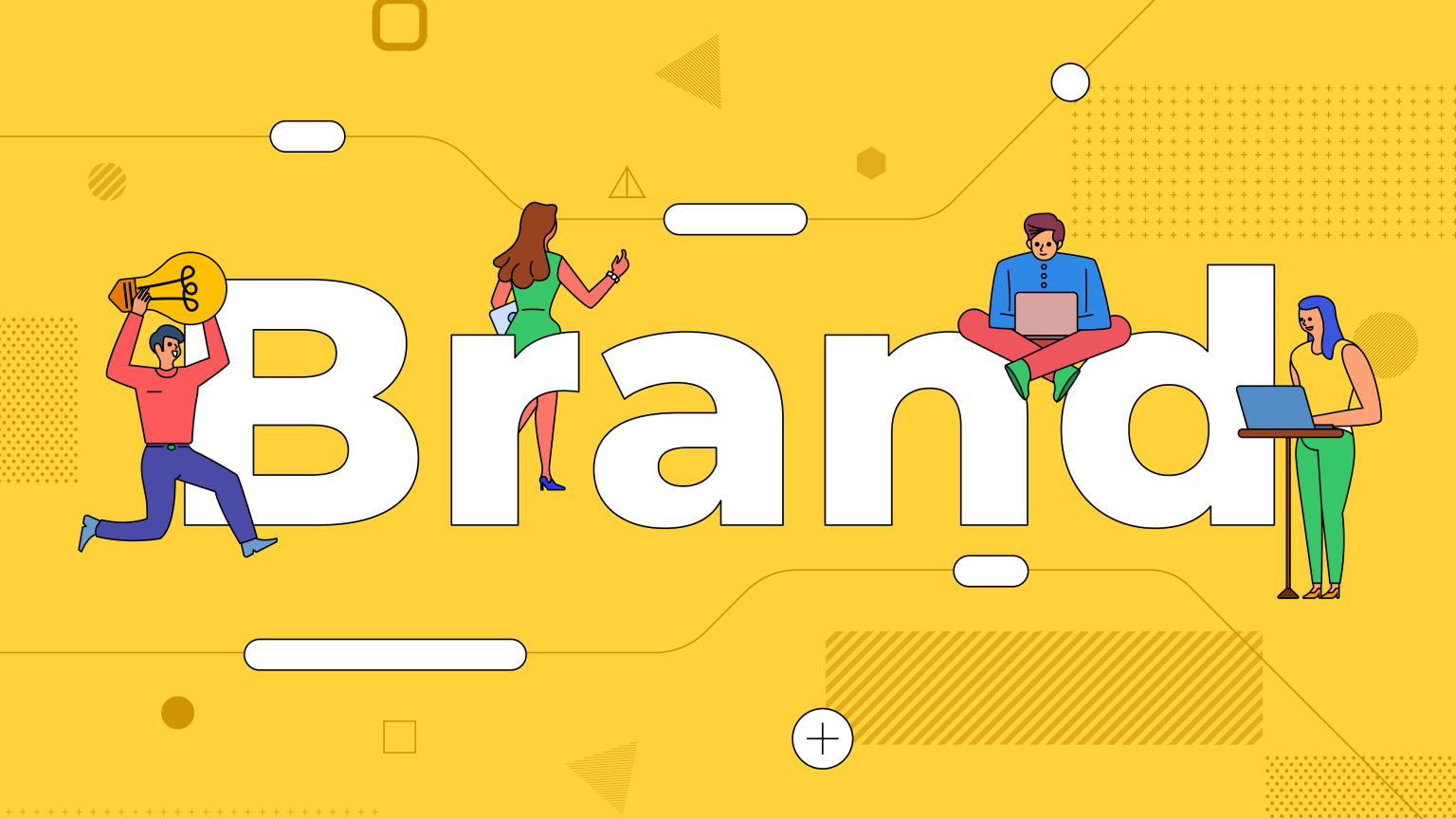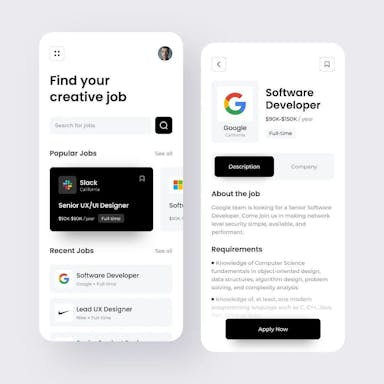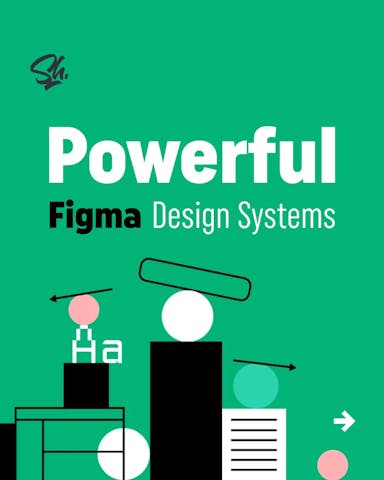In a world saturated with brands, how do you make yours stand out? The answer may lie in a concept as old as human psychology itself: familiarity. In this article, we’ll explore the role of familiarity in branding, how it influences consumer behavior, and why it’s a crucial element for designers to consider.
Understanding familiarity in branding
What is Brand Familiarity? Let’s start with the basics. Brand familiarity isn’t just about how many people know your brand’s name or logo. It’s more nuanced than that. It’s about the level of comfort and trust people feel when they encounter your brand. Think of it as the difference between being introduced to someone and actually knowing them.
Why Does Familiarity Matter? You know that feeling when you walk into a room and see a familiar face? It’s comforting, right? That’s the power of familiarity, and it’s not just about people; it’s about brands too.
The two types of familiarity
Immediate Familiarity: The Illusion That Isn’t Let’s get real for a second. You’re a startup, and you’re not Nike or Apple — yet. But here’s the kicker: you don’t have to be. Immediate familiarity isn’t about having a century-old legacy; it’s about creating an instant connection. How? Through effective branding elements like logos, color schemes, and typography.
Long-term Familiarity: The Marathon, Not the Sprint Immediate familiarity might get your foot in the door, but long-term familiarity is what keeps you in the room. This isn’t built overnight; it’s a long game that pays off in customer loyalty. Consistent branding, quality products, and positive customer experiences are the pillars here.

The designer’s role in building familiarity
The Importance of Consistent Branding Look, consistency isn’t just a buzzword; it’s the backbone of your brand’s identity. It’s like the rhythm in a song; it sets the mood and keeps everything in harmony. From your logo to your website layout, every pixel should sing the same tune. Why? Because consistent branding makes you memorable. It’s the repetition in the chorus that gets stuck in your head. The more often people see, hear, or experience your brand, the better they remember it. So, when they’re ready to make a purchase, guess whose name pops up in their mind? Yours.
The Balance Between Innovation and Familiarity Ah, the age-old dilemma: to innovate or to stick with what works? It’s like choosing between a classic vinyl record and a Spotify playlist. Both have their merits. But here’s the thing: you don’t have to choose. The key is to strike a balance. Keep your core elements consistent, but sprinkle in some fresh twists now and then. Just don’t go overboard; you don’t want to be that artist who changes their style so drastically that they lose their fan base. Remember, 71% of consumers are more likely to buy from a brand they recognize. So, innovate, but keep it familiar.
Also read
The power of branding: building a strong brand identity
5 key benefits of web development services for online businesses
Unlocking business growth with social media expertise

The business benefits of familiarity
Increased Customer Loyalty: The Old Friend You Can’t Forget You know that feeling when you bump into an old friend? There’s an instant sense of comfort, a warmth that washes over you. That’s what a familiar brand does. It’s not just a logo or a tagline; it’s an emotional sanctuary. You trust it, and because of that, you keep coming back. This isn’t just feel-good jargon; it’s backed by data. According to Oberlo, 81% of consumers say they need to trust a brand to buy from it. So, when you invest in building brand familiarity, you’re not just making a sale; you’re reducing the cost of customer acquisition. You’re turning customers into loyal advocates, and there’s no better advertising than that.
Enhanced Credibility and Trust: The Seal of Public Approval Trust isn’t given; it’s earned. And nothing earns trust faster than familiarity. When people know your brand, they’re not just recognizing a name; they’re affirming your place in their lives. This goes beyond mere consumerism. It’s about social proof, the psychological phenomenon where people assume the actions of others reflect their correct behavior. In simpler terms, if everyone’s buying it, it must be good. And the more people trust your brand, the more they’ll sing its praises, creating a virtuous cycle of credibility and advocacy.
Consistency is King: Look, you can’t afford to be a chameleon in the branding world. Your brand needs to have a consistent look, feel, and voice across all platforms. Whether it’s your website, social media, or even your business card, every touchpoint should scream, “This is us!” A brand style guide can be your bible here. It should outline your brand’s color palette, typography, and logo usage. Trust me, this isn’t just for the big players; even if you’re a startup, you need this guide. It’s like having a cheat sheet for your brand’s identity, ensuring that no matter where your audience encounters you, they’re meeting the 'real' you.
Engage and Re-engage: You’ve got their attention; now, what are you going to do with it? Social media isn’t just for memes and cat videos; it’s your brand’s playground. Use it to keep your brand at the forefront of your audience’s mind. Post regularly, engage with your followers, and don’t shy away from a little paid promotion to expand your reach. Remember, out of sight is out of mind.
Listen to Your Audience: You’re not a mind reader, but you don’t have to be. Your audience is already telling you what they like and don’t like; you just have to listen. Use surveys, social media polls, or even good old-fashioned customer interviews to get into the heads of your consumers. This feedback isn’t just data; it’s actionable insights that can guide your branding efforts. Ignore it at your peril.
Conclusion Familiarity in branding is not to be overlooked. It’s a powerful tool for building trust, increasing customer loyalty, and setting your brand apart in a crowded marketplace. For designers, understanding the psychology of familiarity and how to harness it can be a game-changer. So the next time you’re working on a branding project, remember: make it familiar, but make it fabulous.
Frequently Asked Questions
Q: How can I create immediate familiarity for my brand as a startup?
A: Focus on a well-designed logo, website, and domain name, and consider using universally understood symbols to create an instant connection with your audience.
Q: Is consistency really that important in branding?
A: Yes, consistency is crucial. It makes your brand memorable, enhances brand recognition, and can increase revenue.
Q: Why should I listen to my audience in branding?
A: Your audience's feedback provides actionable insights that can guide your branding efforts and help you meet their expectations.
Q: What are the business benefits of brand familiarity?
A: Brand familiarity can lead to increased customer loyalty, reduced customer acquisition costs, enhanced credibility, and trust.
Q: How can I strike a balance between innovation and familiarity in branding?
A: To strike a balance, keep your core brand elements consistent while introducing fresh twists now and then to maintain brand recognition.
Harish Goswami
Blog WriterPassionate writer who loves diving into diverse subjects. Through my engaging content, I aim to inspire and captivate readers.
Suggested Articles








